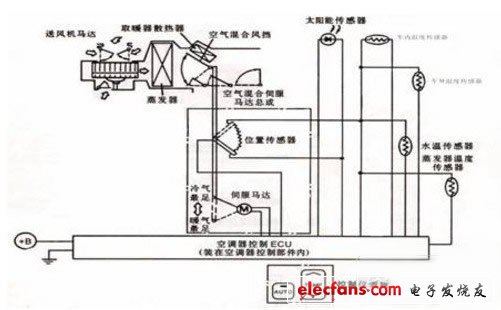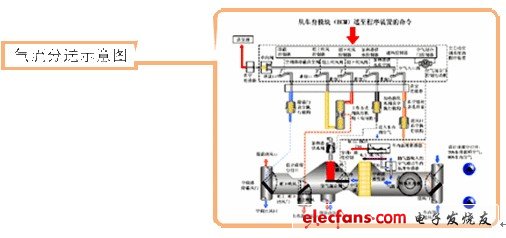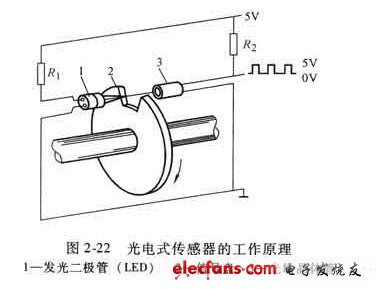Principles and applications of automotive sensors at different locations
With the continuous development of automotive electronic technology, automotive sensors (types of automotive sensors) bear the function of information collection and transmission in various systems of automotive engines, chassis and body, and the control process of various automotive systems relies on sensors to identify the outside world in time Changes and changes in the system itself, and then control the work of the system itself according to the changed information. Therefore, automotive sensors play a very important role in automotive electronic control (the role of automotive sensors). So, how do these sensors work? Xiao Bian made a simple analysis and summary of the principles of sensors used in different control systems of automobiles by collecting and organizing data. Introduction to the principles of automotive sensors in different locations 1. The principle of outside temperature sensor The temperature sensor outside the car is generally made of a thermistor, and its resistance changes when the temperature outside the car changes. When the temperature is low, the resistance is large, and when the temperature is high, the resistance is small. Compressor control principle 2. The principle of the temperature sensor in the car The temperature sensor in the car also uses thermistor material, which has a negative temperature coefficient characteristic. It is generally installed under the instrument panel and connected to the air conditioning vent pipe with an air pipe. When the airflow passes quickly, the generated vacuum leads the air through the temperature sensor in the car. Schematic diagram of air distribution 3. Principle of sunshine sensor Sunlight sensors are made of photodiodes or batteries to sense the intensity of sunlight illuminating the vehicle, but not the temperature. Usually installed above the instrument panel. Evaporator temperature sensor control circuit 4. Principle of evaporator temperature sensor The evaporator temperature sensor is generally installed on the evaporator fin to accurately sense the temperature of the evaporator. It is also made of a thermistor and has a negative temperature coefficient. 5. Principle of photoelectric crankshaft and camshaft position sensor The working principle of the photoelectric sensor is shown in the figure.
BURGLARY SAFES
Trusted protection customers` valuables from abnormal entrance to safes in certain conditions such as robberies, personal attacks and so on .
Details:
Our burglary safes are anti-drilling, anti-burglary and anti-force;
Dual-system protection is contained in our safes;
The safes are side door safes with an independently installed board
Burglary Safe,Electronic Burglary Safe,Electronic Digital Safe,Burglar Proof Safe YONGFA INTELLIGENT TECHNOLOGY SECURITY CO., LTD. , http://www.yongfa-safe.com


